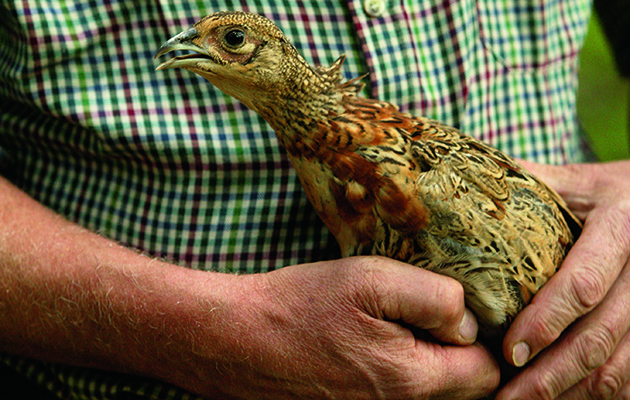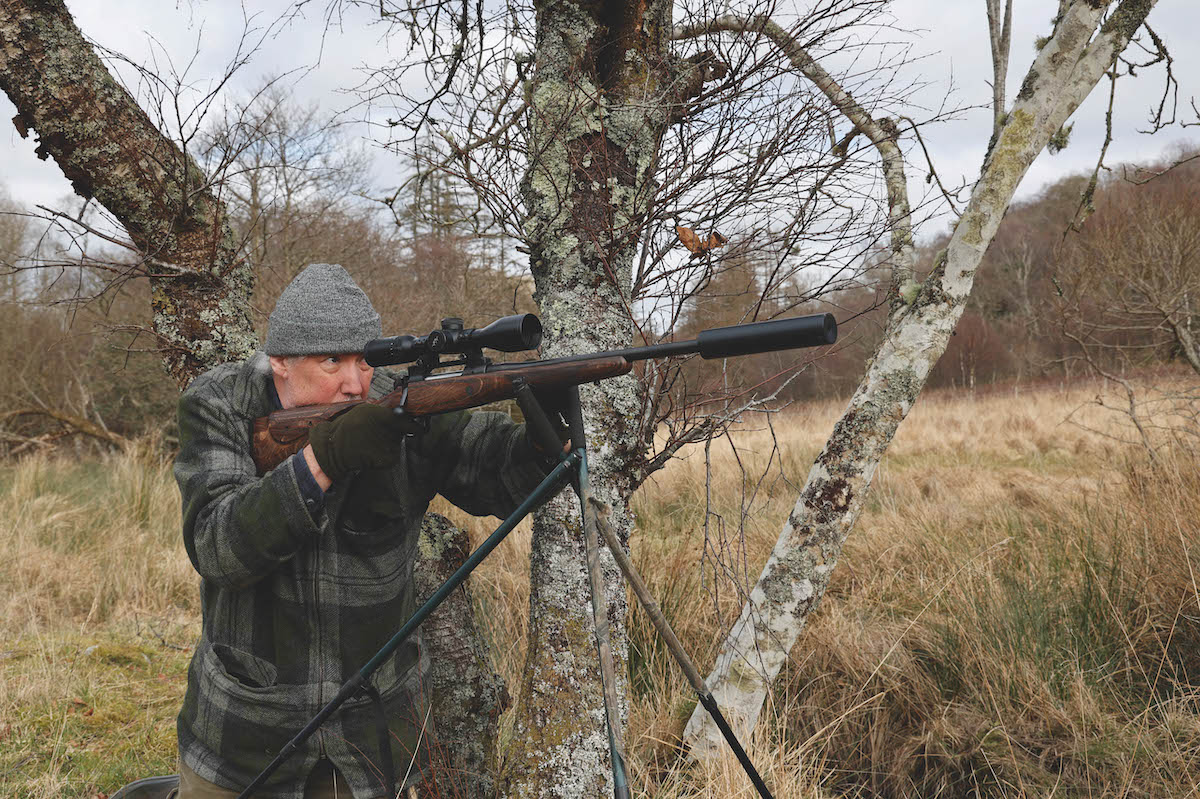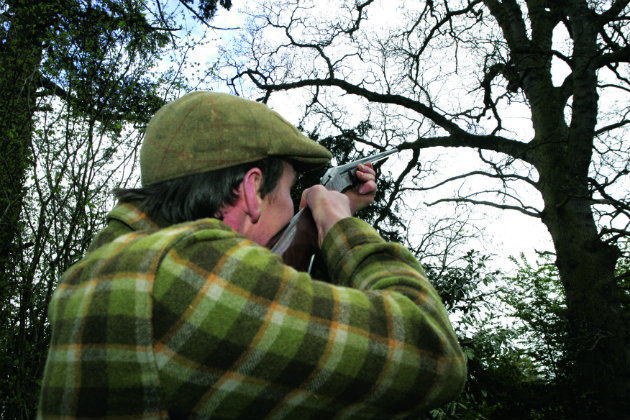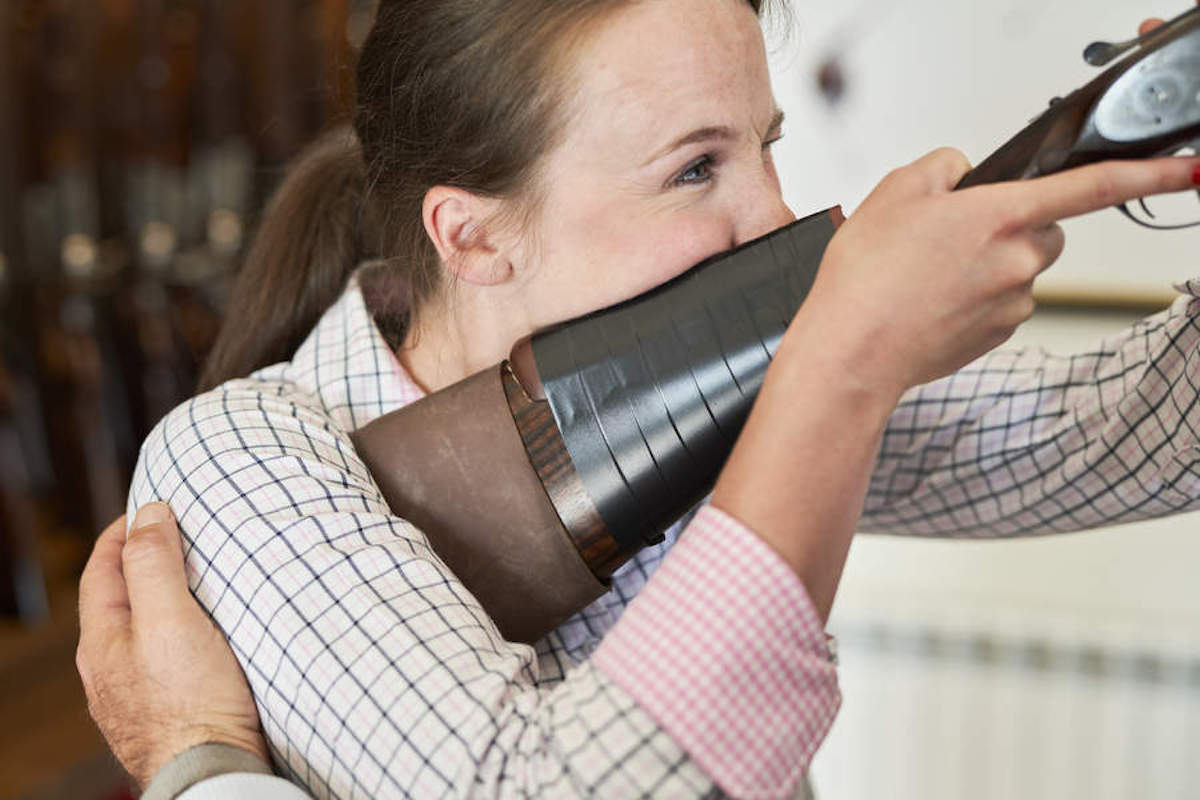How to deal with poorly poults
Liam Bell on what you should look for — and what you should do — if your poults show early signs of illness

The only real way of finding out what’s wrong with your birds – if you are picking up dead ones or they look off-colour – is to take them to a vet. You must do this as soon as you spot something is wrong. When you suspect there is a problem, leaving them untreated even for an extra day or two in the hope that it will sort itself out will only make matters worse. The longer you leave it before doing anything about it, the harder it is going to be to bring whatever it is under control.
With experience you can start to spot the tell-tale signs of an impending disease challenge before it has fully broken out. With a bit of luck, if the birds are treated early with the right medication, you should be able to stop it spreading through the whole hut or pen.
Buy your birds from a reputable source
The first and obvious thing to do to try to reduce these problems is to buy your birds from a reputable source. Gamefarming is a small world and word soon gets round if someone is selling poor-quality or disease-ridden birds.
Things do happen, though, and often a problem doesn’t become apparent until the birds are put under a bit of stress when they are caught and crated up ready for release. This is why most gamefarms will stand by their birds for the first week after they are released. If you do notice something, it is important to call the gamefarm as soon as you can and get the birds to the vet. If they haven’t been out long, most gamefarms will be happy to replace them, but they might need a copy of the vet’s report before they do.
If the problem occurs in the second or any of the subsequent weeks, there is every chance that the birds have picked up whatever they’ve got from the pen itself or have been subjected to stresses that were nothing whatsoever to do with the gamefarm. There are exceptions, such as mycoplasma (bulgy eye), which will be in the bird when it is delivered, but may not come out until a lot later.

Reputable gamefarms will make sure poults are transported with as little stress as possible
Inside the brooder house
With chicks it is a little harder. A certain percentage will die off anyway towards the end of the first week — it shouldn’t be any more than two or three per cent — which makes it harder to tell if the losses are the “starve-outs” or if there is a genuine problem. If it is more, double- check that everything is right inside the brooder house, keep an eye on them and take them to the vet if the losses continue.
Some of the bigger shoots cull a chick or two on delivery and get them checked for things such as rotavirus as soon as they arrive, even if they are bright and active and appear to be fine when they are delivered. This gives them peace of mind when the results come back clear, or something to wave at the gamefarm if the test is positive and they start losing too many.
If you only rear a few, it may not be worth your while culling them and taking them to the vet. It may be better simply to double-check your source and go with someone with a good reputation.
Chicks and poults will both exhibit similar signs if there is a problem. With chicks it is easier to see what is happening because they are contained in a shed or brooder house. Even when they are using the shelter- pen and outside run, it is still fairly easy the ones that are off-colour. In release pens, it is more difficult for several reasons. Not only is it harder to spot them because of the cover and the area they have to wander about in, but also there are bound to be birds that have been predated or died from causes other than disease.
What to look out for
Classic signs to look out for with chicks are drooping wings, unexplained huddling and piling up when the temperature appears to be fine and there are no draughts. Watch for anything out of the ordinary and particularly chicks that are behaving differently from all the others.
Keeping an accurate account of the number of dead picked out of each shed will help. It is all too easy to forget how many have died and not notice an upward trend for three or four days, by which time the infection, virus or disease has had time to take hold.
The longer you leave it before getting a post-mortem done, the more chance there is of it becoming a big problem, as opposed to a small one that can be treated and sorted out in a couple of days.
Poults are tougher and will take longer to show signs of disease. This makes spotting it early a little harder, but does give you more time to get them seen to. How they appear when they are delivered is the first thing to check. Healthy poults should walk out of the crates and start eating, drinking and pecking about straight away. If they need encouraging out, or there are dead ones in the crates, keep an eye on them. It might be a bit much to expect them all to be feather- perfect straight out of the crates, but they shouldn’t be bald or shabby.

The poult looks hunched up and unwell so should be checked over for illness
Warning signs
Once they’ve had a day or two to settle down, they should be a picture of health.
Birds that are hunched up or moving with a funny, stilted walk need catching and having a look at. It might be a bird that hasn’t eaten or managed to find the drinkers, but more often than not, the ones that are hunched up and walking oddly will have something wrong with them.
Look out for strange-coloured, frothy droppings and birds that are emptying the hoppers but not eating the food. Both are signs of intestinal problems.
Spend as much time as you can watching and looking at them when they are undisturbed – often it is not until they are relaxed and going about their business that you pick something that’s not quite right.








